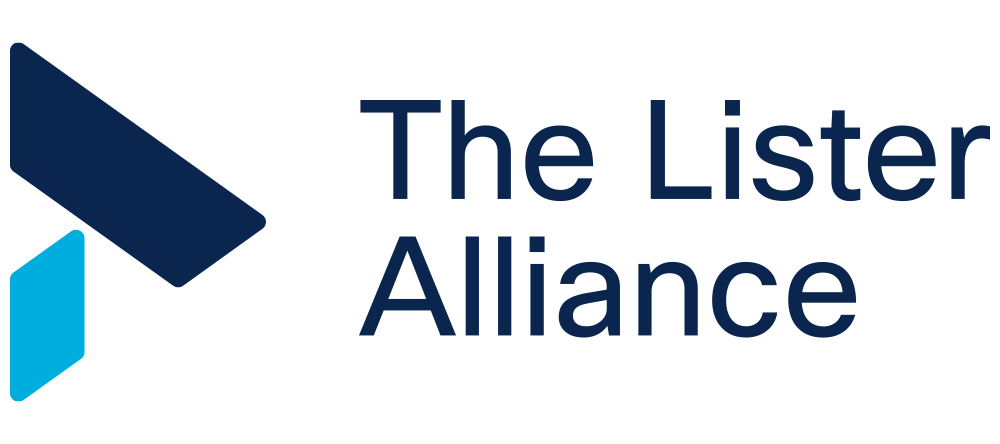Future Proof Spaces For Healthcare: It Doesn’t Have to be Complex!
The NHS is under huge pressure to decrease operational costs. A classic “pincer movement” is taking place with a multi-billion pound maintenance backlog on one side and rising energy costs on the other.
Reducing these costs are vital to allow investment in services and New Hospitals.
But there is good news: adopting some simple measures can yield substantial results and can be used for every building regardless of age and type.
Within the Lister Alliance we have an approach based on retrofitting healthcare facilities with smart technology. The tag-line is “Network As A Sensor” and is based on the premise that the existing Information Technology Infrastructure can be used to connect sensors that provide the basis for improvement.
Property Teams are suffering from a lack of information. As the old saying goes “you can’t manage what you can’t measure”. That is exactly what “Network As A Sensor” is: the ability to securely collect the important data for analysis in order to evaluate what improvements can be made.
This methodology is based on the important common data sets that need to be collected:
Energy and Utility consumption
Occupancy patterns
Environmental metrics (temperature, humidity and air quality)
As this NHS report identifies, understanding occupancy patterns is vital to rationalising costs and maximising space usage for the benefits of Patients, Staff and Visitors.
The other good news? this approach does not have to be complex. Within the Lister Alliance we use a variety of different sensors that can be easily retrofitted into the building with minimal or no disruption to personnel and services.
The data is transferred through the IT Network and processed and analysed in Applications that are simple to understand. An example is shown below a Cisco Meraki dashboard.
As an example of the types of benefits that can be obtained, the UK Green Buildings Council Retrofitting report shows that simple Optimisation and application of sensors can reduce energy use intensity by over 25%. Consider the savings that would result if this approach was adopted across the NHS property portfolio.
If you are responsible for or interested in adopting these techniques please get in touch via the Lister Alliance!
